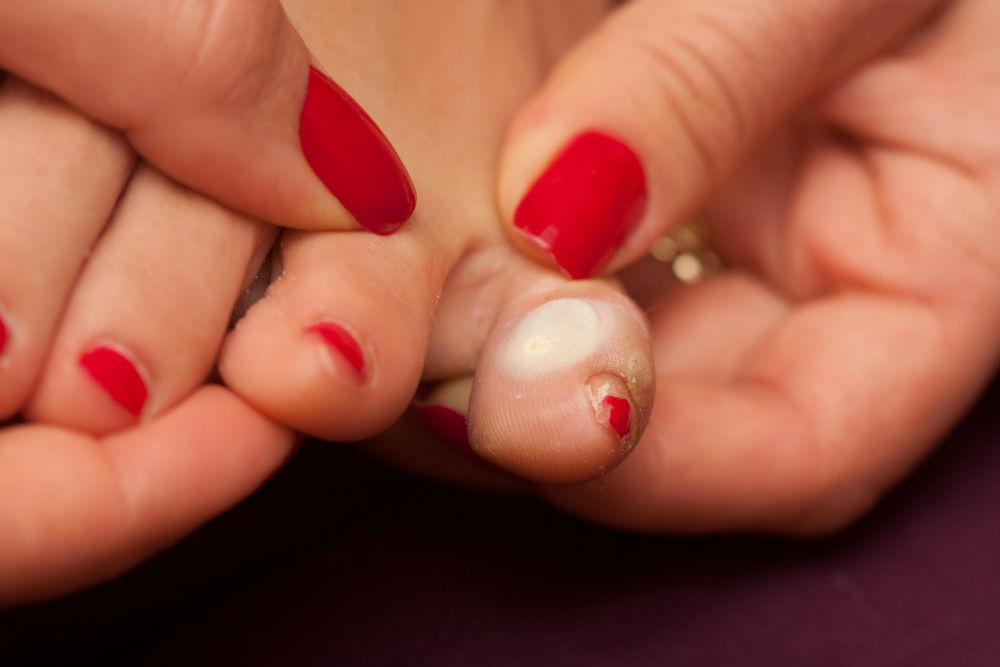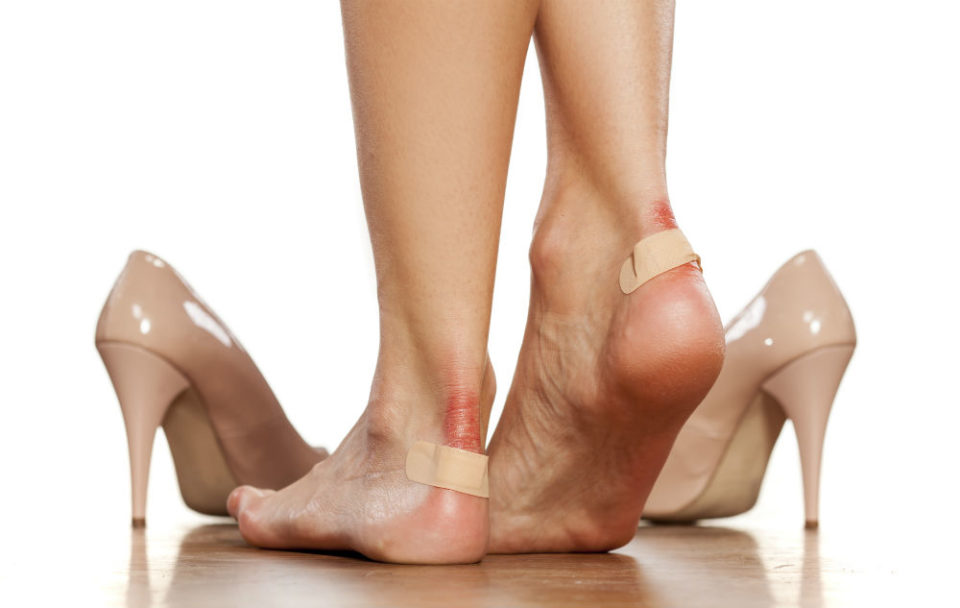
In one of our most recent articles, we looked at the alternatives to blister plasters. Our pjuractive 2SKIN is clearly recommended for this, of course. But what should you do if it’s too late and a blister has already formed? If that’s the case, it’s important to treat it properly so you can quickly get back to wearing your favorite shoes and clothes. pjuractive knows the secrets of how best to treat blisters on your feet so you can be pain-free again in no time.
How do you treat blisters on your feet?
By the time you notice it, it’s usually too late and you’ve already got a blister. Most people find that, when they get blisters, they get them on their feet—which unfortunately only makes the whole thing more difficult, as you can’t avoid wearing shoes. That’s why it’s important to look after blisters the right way to help them heal more quickly. When treating blisters, we can distinguish between two different blister conditions:
- the blister is still intact and
- the blister has already burst
If you have a blister on your foot that’s still intact, never pop it. It’s advice you’ll read time and again in articles, but a blister that’s intact is always better than a burst blister. This is because, with an open blister, there is always the risk that germs will get in and infect the wound. So if you have a blister that’s intact, cover it with a plaster that sticks firmly to your skin—not only will this prevent the blister from bursting, but it will also stop anything rubbing on it and potentially making it worse. You can get special blister plasters for this, which have a gel layer that gives blisters the protection they need.
If the blister on your foot has already burst, the first thing you need to do is make sure the wound can’t get infected. This means disinfecting it, which is easy to do with an antiseptic. You should then cover the burst blister with a plaster as well. You can use blister plasters in this case, too, since they won’t adhere to the wound. They also offer the protection you need, cushioning the blister and therefore giving your skin the time it needs to regenerate.

How long does it take for blisters on your feet to heal?
Anyone who gets a blister on their feet will want to be blister-free again as soon as possible. That’s why people often ask how long it will take for blisters on their feet to heal. As a general rule, it takes up to seven days for a blister to heal again completely. A blister will go through five phases:
- Sore feet
- Blistering
- Open wound
- Sloughing
- Healing
Of course, you will only have the open wound phase if the blister has burst. After a few days, the wound will then dry out and scab over. Unfortunately this slows down the healing process a little, as it makes the generation of new skin cells more difficult. However, new skin cells are gradually generated and the wound heals completely. Usually, an intact blister will simply heal completely, without too much skin sloughing off. However, it’s important to protect the blister to make sure it doesn’t burst and risk getting infected.
If the blister on your foot simply isn’t healing or the surrounding skin looks red, you should see a doctor. It may be that it has become infected. If a yellowish fluid leaks from the blister on your foot, that’s also not a good sign and it’s best to get a doctor to take a look.
Tried and trusted home remedies for treating blisters on your feet
As well as the steps we’ve just described, we have also found a few home remedies that are said to help if you have a blister and want to help the healing process along a little:
- Tea tree oil: Not only does tea tree oil have antibacterial properties, but it also dries the skin out—which is beneficial when you have a blister that is filled with fluid. Tea tree oil should always be used diluted, however. Apply three times a day to help blisters on your feet heal.
- Aloe vera: There’s a good reason why we also use aloe vera in some of our products. It can support the blister’s healing process and also provides the skin with nutrients.
- Calendula salve: Calendula salve has been popular for decades for treating skin problems on account of its antibacterial and anti-inflammatory properties. It helps the skin regenerate when you have a blister on your foot.
- Zinc ointment: Like aloe vera, zinc ointment can also aid the healing process and supply your skin with the nutrients it needs.
So if it’s too late and you’ve got a blister on your foot, now you have a few things you can try that will help it heal up again. But in future, you can now easily prevent blisters by using our pjuractive 2SKIN—so you’ll never have to suffer from blisters on your feet or anywhere else on your body again!